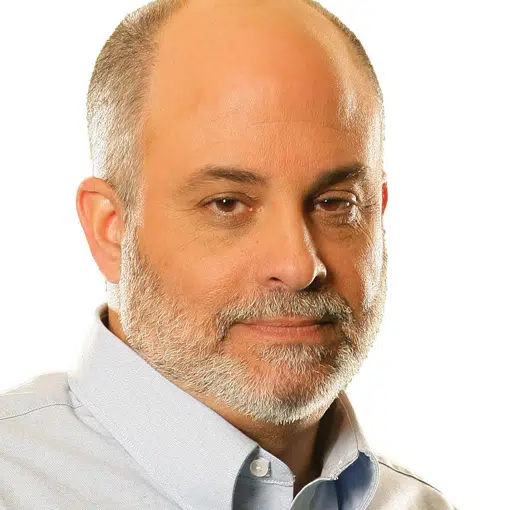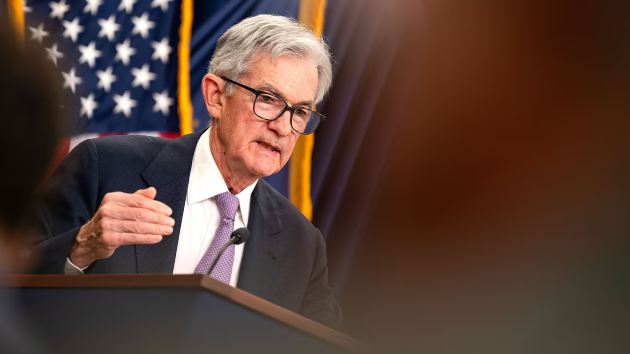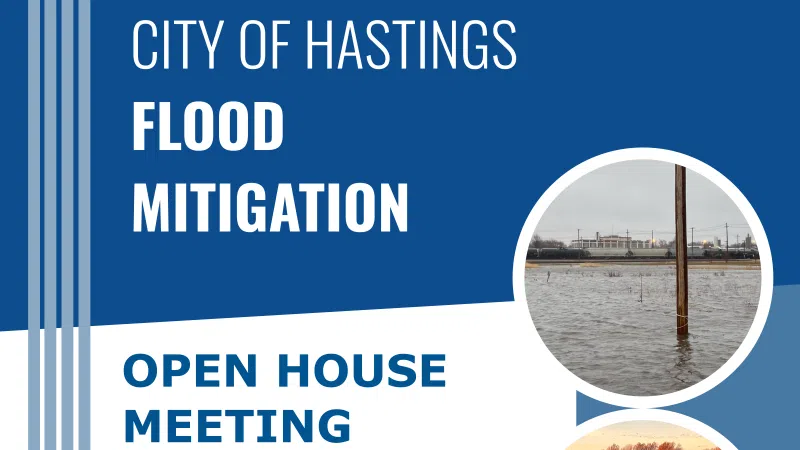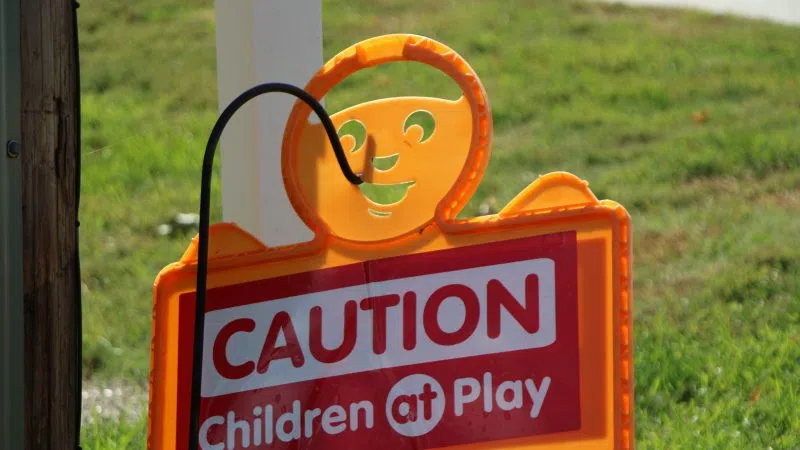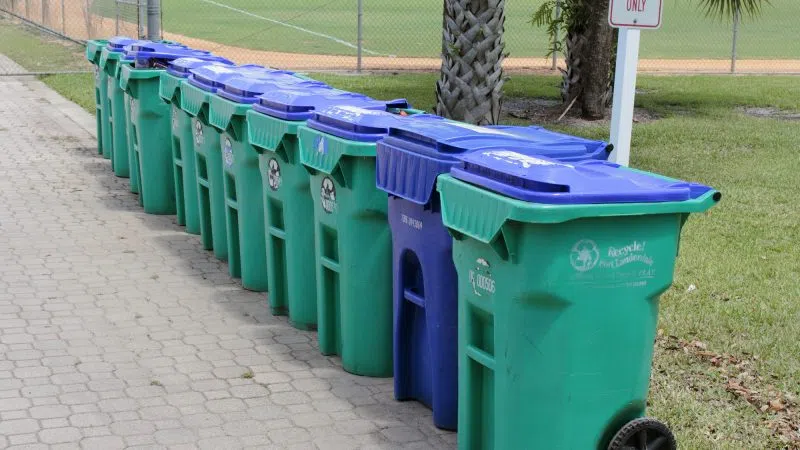(NEW YORK) — Americans’ credit card debt has hit a record high, the Federal Reserve of New York said in a report released this week.
Credit card debt climbed $24 billion over a three-month stretch ending in September, soaring to a level 8% higher than where it stood a year ago, the report said.
Debt holders may seek solace in a string of recent interest rate cuts at the Federal Reserve, which typically reduce borrowing rates for credit cards. But credit card interest rates have proven stubborn, leaving borrowers saddled with near record-high average payments even after the rate cuts.
The average credit card interest rate stands at 20.35%, just slightly below a record-high of 20.79% attained in August before the Fed began cutting rates, Bankrate data showed.
Credit card interest rates remain high, in part, because the Fed’s benchmark rate still stands at a historically high level, experts told ABC News. The incremental cuts in recent months have only partially reversed the previous escalation of rates meant to fight the nation’s worst bout of inflation in decades.
That high baseline rate has collided with a rise in the average credit card margin, or the borrowing cost that companies place on top of the benchmark rate to weather default risk, cover overhead costs and recoup profits, experts added.
“Credit card rates are high, and they’re staying high,” Ted Rossman, a senior industry analyst at Bankrate, told ABC News.
To set credit card interest rates, the industry relies on what’s called a “prime rate,” which is the rate paid by the most creditworthy borrowers. That rate is calculated by adding three percentage points to the Fed’s benchmark interest rate. The prime rate, which acts as a baseline for credit card rates faced by all borrowers, currently stands at 7.75%.
The prime rate remains historically high because the Fed has, so far, taken just a few, incremental steps toward dialing back a yearslong series of rate hikes. In recent months, the Fed has cut interest rates by three-quarters of a percentage point, but such relief offers little savings for credit card borrowers, experts said.
Policymakers at the Fed forecast another quarter-point cut next month, and cuts next year totaling one percentage point, but that will still leave interest rates at an elevated level, according to projections released in September.
“I don’t think the Fed wants a rapid fall in rates,” John Sedunov, a finance professor at Villanova University’s School of Business, told ABC News. “It wants to gradually ease rates back.”
The persistence of high interest rates has coincided with a rise in the margin charged by credit companies over and above the prime rate, some experts said.
The average margin charged by credit card firms reached an all-time high of 14.3% last year, according to a U.S. Consumer Financial Protection Bureau analysis of Federal Reserve data. The margin increased sharply from a rate of 9.3% in 2013, the CFPB found.
The rise in credit card delinquency owes, in part, to a decline in personal savings, as Americans have spent down pandemic-era economic stimulus and turned to credit card loans, Sedunov said.
“Banks may view the amount of risk in credit card lending as higher than it was a few years ago, even though the Fed is lowering rates,” Sedunov said.
Growth in credit card margins also stems from old-fashioned profit-taking on the part of credit card companies, some experts said.
Credit card profitability has increased over the past five years, and has outpaced the profitability of other business drivers at the companies that offer them, according to the CFPB report.
“Banks, especially large banks, are trying to make as much profit as they can,” Fariz Huseynov, a professor of corporate finance at North Dakota State University, told ABC News.
Credit card rates may gradually decline in the coming months, since the Fed plans to make additional interest rate cuts, experts said. However, consumers should expect a gradual decrease that could be tempered by a bout of resurgent inflation or higher credit card delinquency rates, they added.
“If you’re in credit card debt, my advice is: Don’t make the hole even deeper, and shift to a debit card or cash if you can,” Rossman said, pointing to the likely persistence of high credit card rates.
“The point is you have to do something,” Rossman added.
Copyright © 2024, ABC Audio. All rights reserved.

